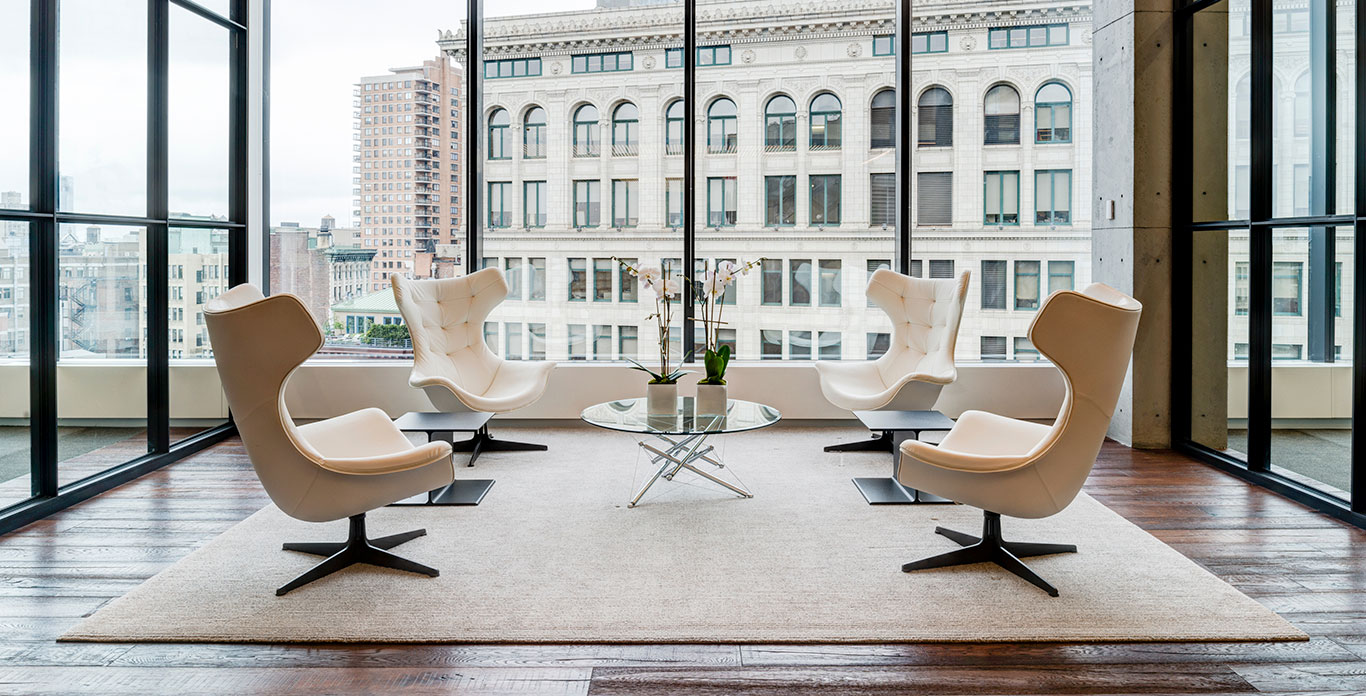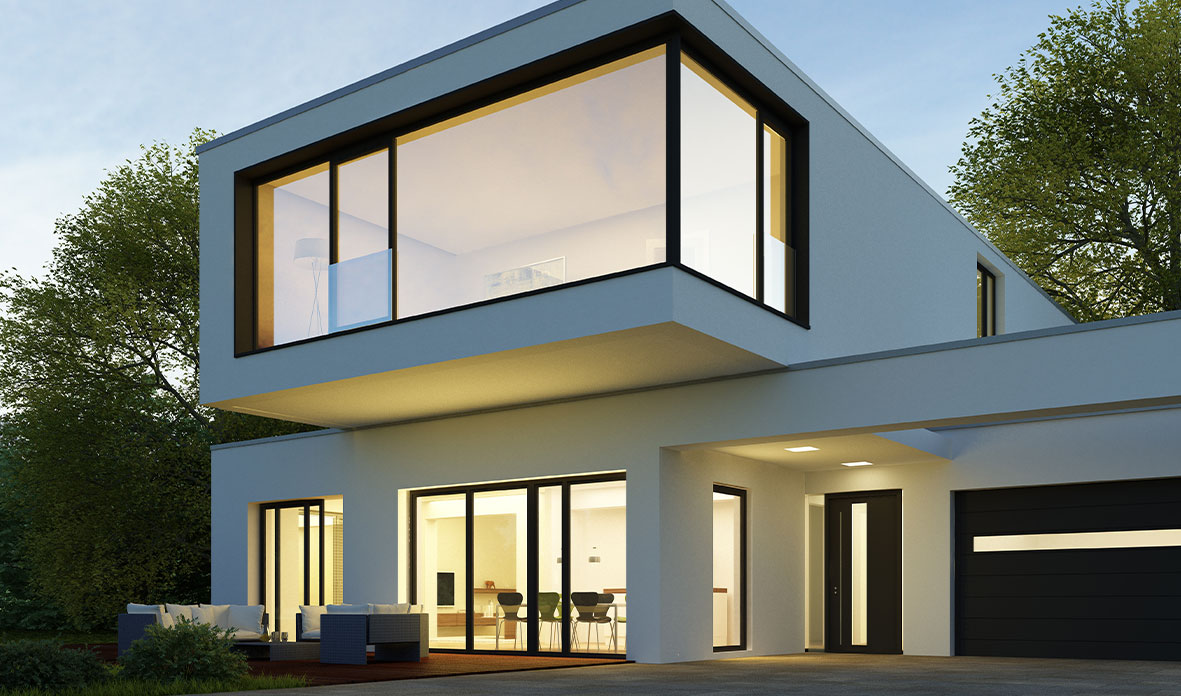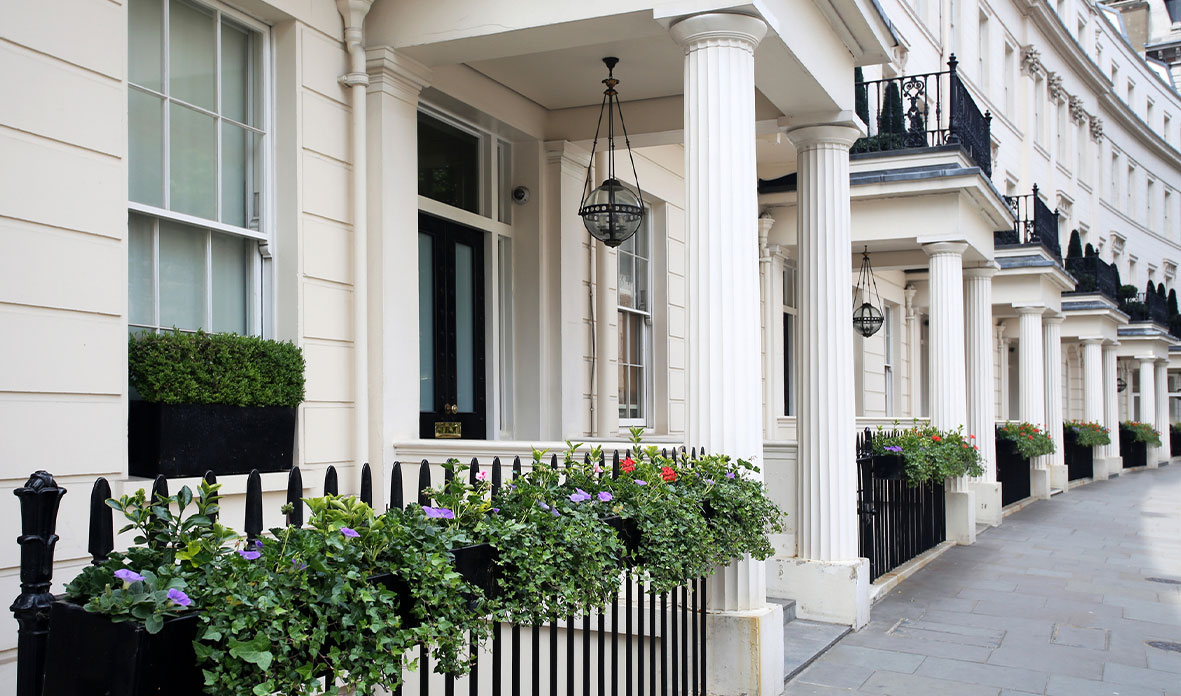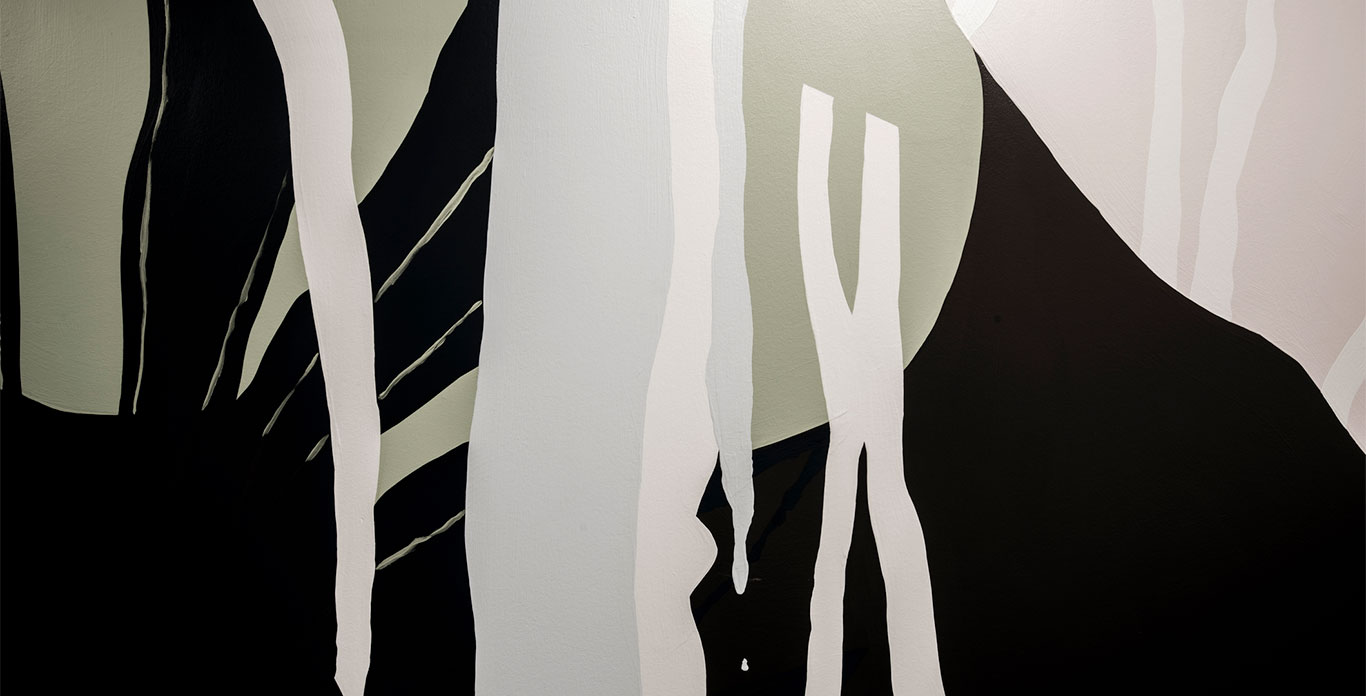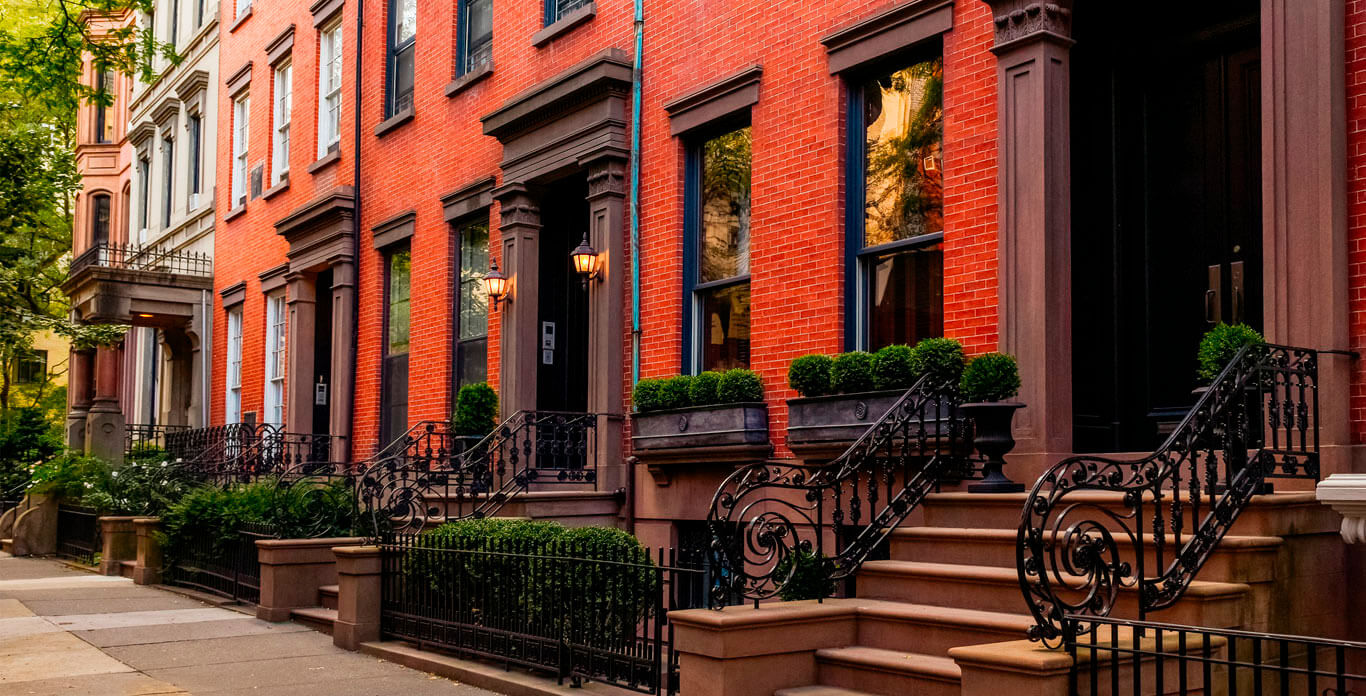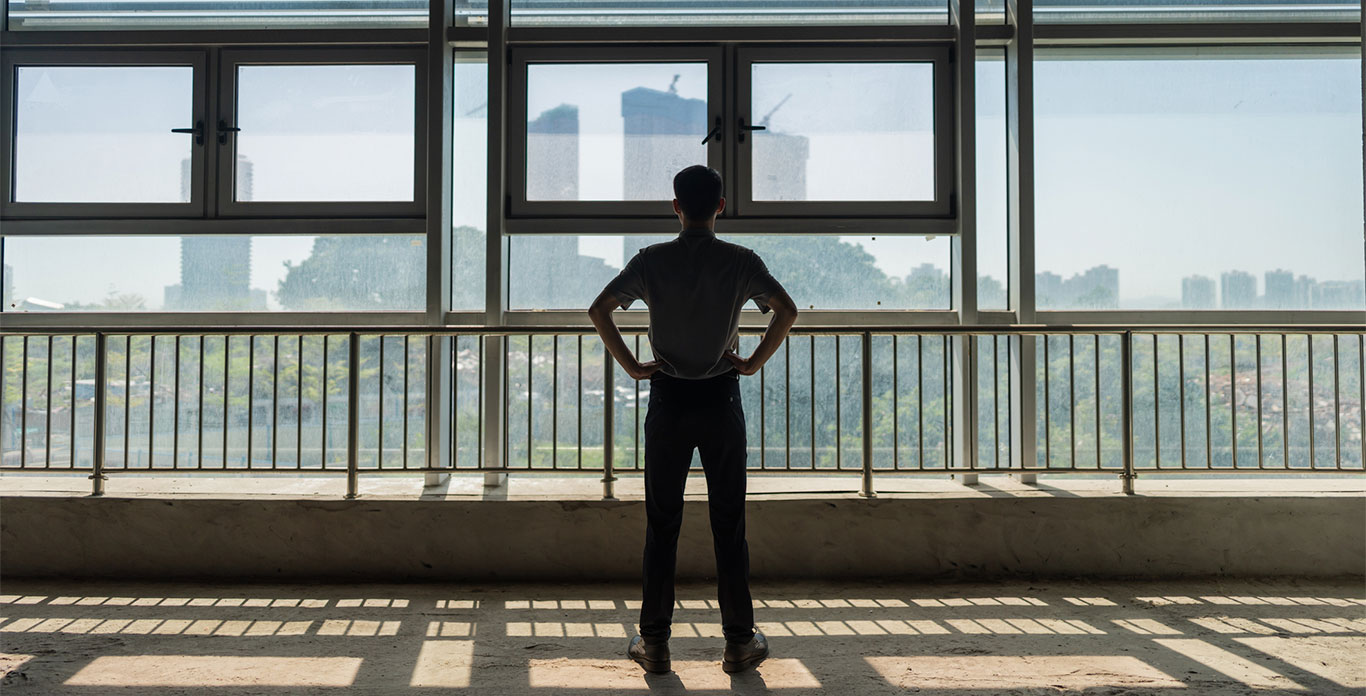From foundational financial education to global perspectives, the Citi Latitude Knowledge Hub gives you access to a wide array of on-demand written and audible articles. This exclusive resource is customized for future leaders and influential individuals who are determined to help make an impact within their families, businesses and communities around the world.
Legacy planning
The earlier you begin thinking about your wealth plan, the better. Learn the most important elements of a wealth plan and assess how well positioned your family is for a successful wealth transition.
- insights
Personal finance
Personal finance not only encompasses day-to-day expenses and accumulation of assets. You should also begin planning for your long-term financial future.
Joining the family business
Should you join your family business or strike out on your own? Only you can decide.
- Determining whether to join the family business [test]
- Six guiding principles for your evaluation process
- You’ve made your decision: now what?
Developing your portfolio
Portfolio building can seem overwhelming if you're just getting started. Build your confidence by learning about the major ideas you should consider.
- Banks and You: lending and deposit basics
- Investing for beginners
- Strategic asset allocation
- Portfolio construction
- Investment styles
- Behavioral investing
- Thinking through biases
- Intro to Margin Lending
- Hedging
Philanthropy
Philanthropy aims to bring meaningful long-term change to the world. Learn how to choose the right cause, determine how you want to give and follow through to make sure you're making the intended impact.
- Introduction to philanthropy
- Bringing your mission to life
- Compliance and infrastructure
- Monitoring and evaluating your philanthropic impact
- Philanthropy in action: The Gupta family
- How philanthropy is evolving
Art
Investing in art can be daunting. Learn more about how art might fit into your portfolio and how to get started.
- Investing in Art
- Art as loan collateral
- Building an art collection
- Managing and caring for your art collection
Real estate
Purchasing property is a big step - whether it's your first home or an investment property. Learn more about financing options, real estate investing strategies and more.
- Steps to home ownership
- Financing a home renovation
- Purchasing a second property
- Intro to real estate investing
- Risks and opportunities of real estate investing
Investments overview
From Equities to Fixed Income, gain deeper understanding on investments basics and the role they play in your portfolio.
- Equities
- Fixed Income
- Alternative investments
- Foreign exchange
- Options
Alternative investments
Beyond the traditional asset classes, there are many ways to diversify your portfolio. Often these "alts" perform differently than traditional investments in certain market environments.
- Alternative investments
- Hedge funds
- Private equity
- Real Estate
- Commodities
- Art
Business liquidity
Through the lifecycle of a business, capital is an important part of a business' success. From early investments to later exit strategies, learn about the various options for accessing business capital.
- Accessing capital through angel investors
- Venture capital
- Hedge funds
- Mergers and acquisitions
- Private equity
- IPOs and Direct Listings
- Planning for a liquidity event
Capital markets
Understanding how markets work may seem difficult but they are essential for funding and investments. Learn more about how markets function and the factors that impact them.
- Intro to capital markets
- IPOs and direct listings
- How markets respond to news
- Technical analysis
Innovative ideas
Innovation doesn’t just happen, it’s encouraged and supported. Gain a deeper understanding of the different types of innovation and how to foster innovative ideas.
- The job of being an owner
- What is ownership?
- Responsibilities of a supportive owner
- Rights and rewards of a supportive owner
- How owners set direction & make decisions
- What’s next? Ten innovations that could disrupt the world
Supportive ownership in the family business
Many owners of family businesses do not know what the owner job requires or how to do it well, because they have not been taught. Learn what it takes to become a supportive owner and help your family business thrive.
- The job of being an owner
- What is ownership?
- Responsibilities of a supportive owner
- Rights and rewards of a supportive owner
- How owners set direction & make decisions
- Knowledge & conduct of supportive owners
- How to develop yourself as a supportive owner
- Supportive ownership: A case study
Sustainable investing
Sustainable investing allows you to pursue competitive risk-adjusted returns alongside positive environmental, social and governance (ESG) objectives. Learn how to Invest with Purpose and navigate this fast-evolving space.
- The job of being an owner
- What is ownership?
- Responsibilities of a supportive owner
- Rights and rewards of a supportive owner




